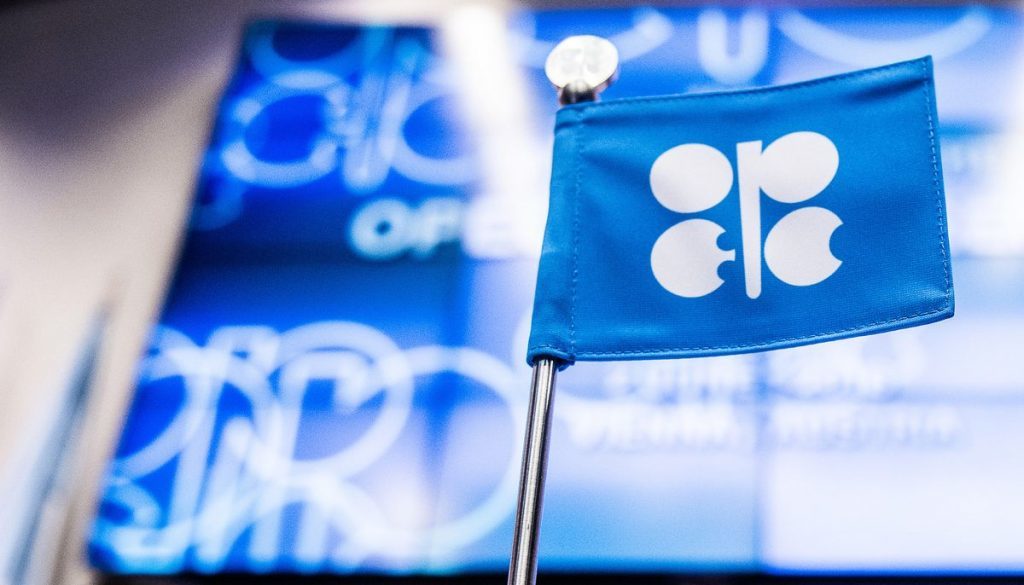
As recently as OPEC’s last meeting, back in May, several oil ministers were talking quite casually about $50 a barrel as a good price for crude. Don’t expect that to be repeated when they convene again at the end of this month.
In fact, expect quite the opposite. As oil has risen, OPEC ministers’ assessments of a “fair price” for their crude have probably increased too, and that could put them at odds with their chief non-OPEC partner: Russia.
OPEC has form on this creeping assessment of a fair price for oil. The right price always seems to be a little higher than the current price, no matter what that might be. That was true in the 1990s, when oil cost about $20 a barrel. It was true too in early 2008, shortly before Brent peaked near $150 a barrel.
With hindsight, some in OPEC accepted that oil above $100 was abnormal. Secretary General Mohammad Barkindo wrote in July 2016 that the “skyrocketing of prices” in 2008 was “unsustainable” and probably harmful to the world’s economy. And while nobody in OPEC is yet talking about $100 as a fair price, you can bet that nobody will be talking about $50 either.
There’s nothing wrong with aspiration, but it seems the lessons of the recent past are rapidly being forgotten. OPEC’s greed in trying to keep oil prices above $100 a barrel after 2011 played a big part in the U.S. shale boom and subsequent price crash in 2014.
Slipping back into targeting an ever-higher price risks unleashing another unsustainable production boom.
True, U.S. shale oil output this year hasn’t lived up to the lofty expectations of the Energy Information Administration. But that doesn’t mean shale’s played out. The affect of weakening oil prices into the summer and Hurricane Harvey’s passage through Texas cannot be dismissed.
Rising oil prices will allow shale-focused companies to ramp up operations, even as they target improved shareholder returns. The EIA expects average U.S. lower-48 oil production to increase by 620,000 barrels a day next year. That’s likely to rise if oil prices continue upward.
The risk is that OPEC’s rediscovered optimism encourages members to pursue ever-higher prices again, justifying each increase as a move toward that magical “fair price”. It’s starting to happen already. At the end of October, Qatar’s oil minister said prices were moving in the “right direction” toward fair levels, even as Brent passed $60. What that new fair level is, he didn’t specify, but his Venezuelan counterpart last year pegged it as $70 a barrel, while Iraq suggested $70-80.
The aspirations of some OPEC countries may clash with their chief external supporter, Russia. Moscow is worried about letting prices rise too far, even suggesting that $60 would be enough to justify ditching the output agreement. Its oil minister said Thursday that OPEC and its partners still have five months to decide whether to extend the deal and that any extension must be justified by market conditions closer to the time.
Russian reluctance to buy into OPEC’s fair price dreams may yet undermine the remarkable cohesion among the countries seeking to re-balance the oil market.
Recommended for you
